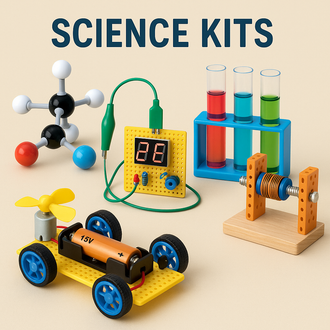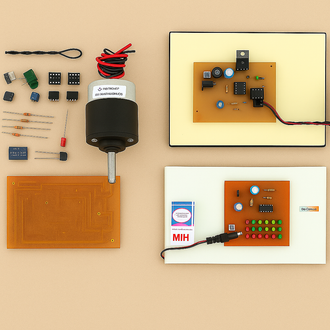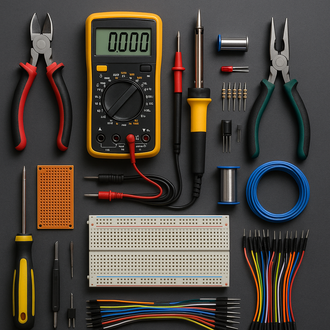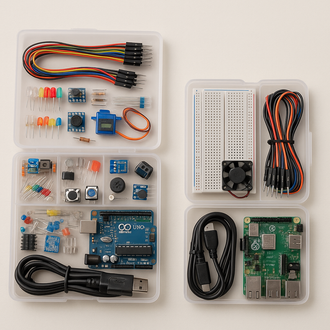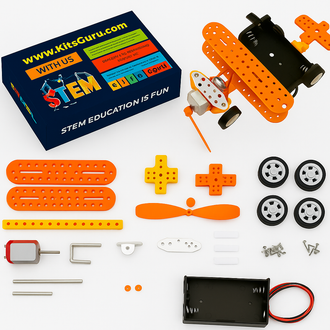
Solenoid Operated Valve Explained: Working, Types, Price & Best Solenoid Valve Near Me
- 05 Oct, 2025
A solenoid operated valve is a compact, electromechanical device that controls the flow of liquids or gases using a magnetic coil and a movable plunger. From home appliances and irrigation lines to industrial pneumatic and hydraulic systems, the Solenoid valve delivers fast, precise on/off control, easy automation, and long service life—making it a favourite across engineering, DIY, and education.
What Is a Solenoid Operated Valve?
A solenoid valve converts electrical energy into linear motion. When current energises the coil, the generated magnetic field pulls a ferromagnetic plunger to open or close an orifice. This simple action enables accurate start/stop control of flow without manual intervention. Popular media include water, air, inert gases, light oils, and compatible chemicals.
Most builds feature a coil (12 V DC, 24 V DC, or 230 V AC), a core tube, a spring-loaded plunger, seals/diaphragm, and a body in plastic, brass, or stainless steel—selected for the fluid and operating environment.
Solenoid Valve Working (How It Works)
Understanding solenoid valve working helps you choose correctly and troubleshoot confidently:
- De-energised state: A spring keeps the plunger seated. In normally closed (NC) valves, flow is blocked; in normally open (NO) valves, flow passes.
- Energised state: The coil’s magnetic field moves the plunger. NC valves open; NO valves close. The switch is rapid, repeatable, and easily controlled by simple electronics.
- Seal interface: An elastomer (e.g., NBR, EPDM, FKM) ensures tight shut-off and media compatibility.
For higher flows, pilot-operated designs use line pressure acting on a diaphragm, so a small coil can command a larger valve.

Common Types of Solenoid Valves
1) Direct-Acting (On/Off)
Coil force directly lifts the plunger to open the orifice. Best for small ports, low to medium pressures, and fast response in compact devices.
2) Pilot-Operated (Diaphragm)
Uses system pressure to shift a diaphragm via a pilot port. Ideal for larger orifices and higher flow rates; requires a minimum differential pressure to operate.
3) Two-Way Valves
One inlet and one outlet. Pure on/off control of a single line—common in water dispensers, RO systems, and HVAC loops.
4) Three-Way Valves
Three ports to supply, exhaust, or switch flow paths. Popular in pneumatic cylinder control and vacuum switching.
5) Four-Way (5/2, 5/3) Pneumatic Valves
Alternate pressure and exhaust to both sides of a double-acting actuator. Standard in industrial automation manifolds.
6) Latching (Bistable) Solenoid Valves
A brief electrical pulse changes state; no holding power needed. Excellent for battery-powered or remote installations.
Where Are Solenoid Valves Used?
- Industrial automation: Pneumatic/hydraulic control, process valves, machine interlocks.
- Water & irrigation: Timed watering, RO/UV systems, tank level control.
- HVAC & refrigeration: Refrigerant routing, dehumidifiers, air handling.
- Automotive: Fuel vapour purge, transmission control, EGR, ABS pneumatics.
- Medical & lab: Gas sampling, oxygen concentrators, precise micro-flows.
- Food & beverage: Dispensing, CIP lines (select food-grade materials).
How to Choose the Right Valve
- Media & materials: Match body (plastic/brass/SS) and seal (NBR/EPDM/FKM/PTFE) to the fluid’s temperature and chemistry.
- Operation: Pick NC, NO, or latching; direct-acting for zero-pressure or pilot-operated for high flow.
- Pressure & flow: Confirm maximum line pressure and Cv (orifice size) to meet your required flow rate.
- Voltage & power: 12/24 V DC or 230 V AC; consider coil heat and duty cycle (100% ED for continuous).
- Environment: Look for IP rating, coil encapsulation, and temperature limits.
- Port size & mounting: Commonly 1/8″ to 1/2″ BSP; check orientation and manifold options.
Need a quick shortlist? Browse KitsGuru’s curated range of valves and accessories here: Solenoids & Electromagnets.
Solenoid Valve Price (India) — What Affects Cost?
The solenoid valve price depends on construction, voltage, orifice/Cv, pressure rating, and certifications. As a practical guide:
- Entry-level plastic valves (12/24 V DC): ~₹250–₹500 — great for hobby/education, low-pressure water and air.
- Brass general-purpose (NC/NO, 1/4″–1/2″): ~₹800–₹1,800 — robust for RO, HVAC, and automation.
- Stainless-steel/industrial or specialty media: ₹2,000+ — higher pressure/temperature, chemical resistance.
Always balance price with duty cycle, seal compatibility, and lifecycle. A correctly-sized brass or SS valve often reduces maintenance and downtime in the long run.
Finding the Best “Solenoid Valve Near Me”
Searching for Solenoid Valve Near Me is really about fast availability, authentic parts, and clear specs. KitsGuru offers nationwide shipping, same-day dispatch on in-stock SKUs, and responsive support—so whether you’re a student building a mini-project or an engineer upgrading a line, you get reliable parts on time.
You’ll also find coils, brackets, fittings, silicone tubing, and compatible connectors in the same collection for a clean, plug-and-play setup.


